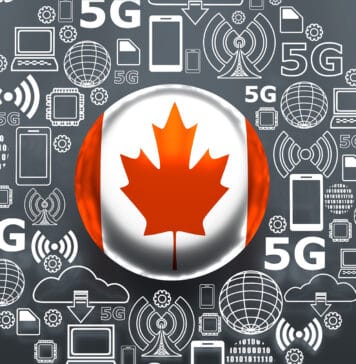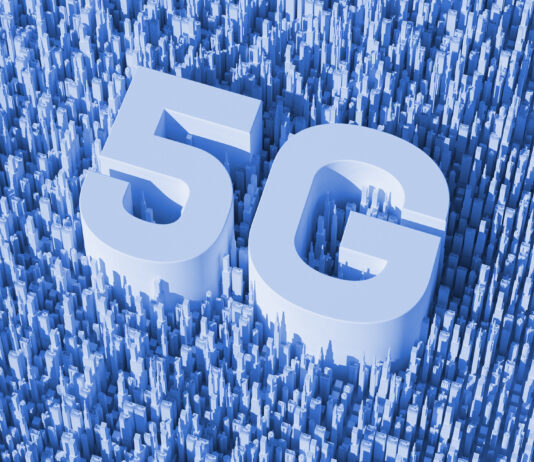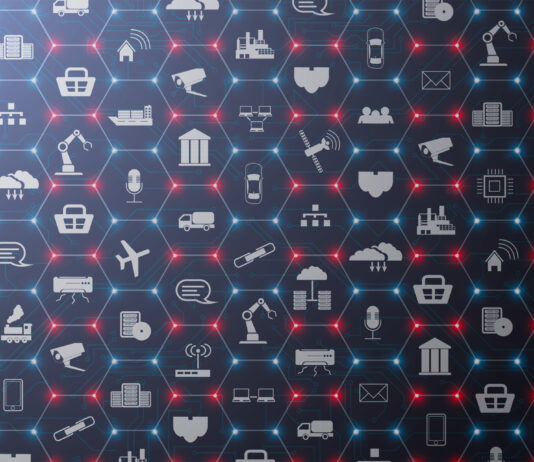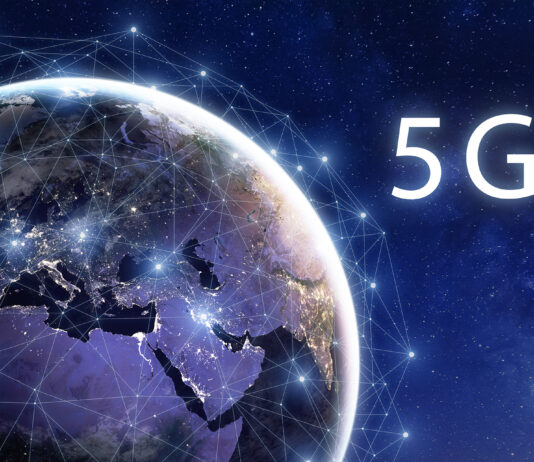If you’ve read the many predictions about the future of AI, you’ve likely found them to be wildly different. They range from AI spelling doom for humanity, to AI ushering in Golden Age of peace, harmony and culture, to AI producing barely a blip on society’s path toward ever-greater technological achievement.
Those three views – dystopian, utopian and organic – present issues we need to consider as we move deeper toward an AI-integrated future. Yet they also contain exaggerations and false assumptions that we need to separate from reality.
The Dystopian View of AI Future
Those with a dystopian view of emerging technologies...
Neil Harbisson calls himself a cyborg. Without the antenna implanted in his skull, he would not be able to see colour of any kind. Born with achromatopsia, a condition of total colourblindness that affects 1 in every 30 000 people, Harbisson's physical faculties are augmented by cyber technology to grant him access to a life of greater meaning and satisfaction.
As technological evolution leads to concomitant advances in medical science, we are seeing more and more examples of humans who are integrating devices and sensors into their biological makeup. For some, like those part of the growing "transhumanist" movement, this...
When microwave ovens first arrived on the market in 1967 they were met with public skepticism. Perhaps it was because, not long before, the same technology now promising to safely cook consumers’ evening meals was the backbone of a military radar. Perhaps it was the $495 price tag (more than $3,700 in today’s money).
Whatever the reason, in the early 1970s the percentage of Americans owning a microwave was tiny. By 2011, it was 97%. What changed?
Trust and convenience.
When microwave technology was first released, it was difficult to trust. Cooking without using heat? It was simply too alien. In 1973,...
Below is a timeline of key historic cyber-kinetic attacks, system malfunctions and key researcher demos targeting cyber-physical systems (CPS), Internet of Things (IoT) and Industrial Control Systems (ICS) resulting in kinetic impacts in the physical world. I tried to select only those that were first-of-the-kind or that significantly increased general awareness about a particular type of an attack or incident
I know that the list is incomplete. That’s where you come in. If you are aware of an incident or a research that demonstrated something new regarding cyber-kinetic threats or helped significantly raise the awareness, please contact me.
For a more...
In part one of this short series on smart cities and privacy, I looked at the driving forces and factors behind the development of the smart city. Factors such as environmental change, technological advances, and increasing need for sustainability, as cities become the home of over half the population of the planet. I also explored the technologies making the smart city a reality. Technologies behind the ethos of smart water, smart buildings, and smart transport. All of these innovations require data in some form or another, and much of it personal data from ourselves. These data may be directly...
Humans are moving to cities at an unprecedented rate. Today 55% of the world’s population lives in urban areas with that number expected to grow to 68% by 2050. The trend of urbanization is dramatic enough, but when it is layered with the ubiquitous trend towards technological integration the question that surfaces is, ‘What kind of cities will people be living in by 2050?’ How will they reflect the cyber-physical world taking shape around us, and how will we ensure that they remain safe places to live? How will smart cities protect privacy of its citizens?
The concept of the...
In 1967, Lynn Margulis, a young biologist, published a paper that challenged more than a hundred years of evolutionary theory. It proposed that millions of years ago, the eukaryotes emerged not from competition, as neo-Darwinism asserts, but from collaboration.
Margulis’ research showed how single-celled lifeforms working together created an entirely new organism that became the foundation of all advanced life on earth. This was an inflection point in the development of evolutionary biology, shifting the scientific and cultural narrative away from “survival of the fittest” towards “survival of the most cooperative.”
Though competition contributes to better individual or organizational performance, it...
The timeline of human history is marked by inflection points of major technological advancement. The plow, the printing press, the telegraph, the steam engine, electricity, the telephone, the internet: each of these breakthroughs precipitated tectonic shifts in how people lived and worked. Now, in the early part of the 21st century, we stand witness to the birth of a new industrial revolution built on 5th generation cellular technology - 5G network.
As the name implies, 5G network follows a developmental chain. First came 1G, the first generation of cellular communication that freed us to make voice calls without being tethered...
In their outstanding book, Wicked and Wise, Alan Watkins and Ken Wilber look at some of the most pressing ‘wicked problems’ facing the human race. ‘Wicked problems,’ they suggest, are difficult to define, but they are essentially unsolvable in the usual scientific sense.
The authors go on: wicked problems, such as climate change, are multi-dimensional, have multiple causes, multiple stakeholders, multiple symptoms and multiple solutions. They are by definition complex and difficult to process.
Crucially, they are created or exacerbated by people.
Our species has proved capable of producing challenges of unfathomable difficulty. We may, however, also prove capable of developing the...
Last week, the Saudi Data and Artificial Intelligence Authority (SDAIA) launched a nationwide awareness campaign called “Ask Before”, intended to educate the public about the significance of personal data ahead of the implementation of a new national personal data protection system.
Emphasizing responsible data handling, privacy preservation, and fostering trust and collaboration between commercial entities and private individuals, “Ask Before” supports KSA’s new Personal Data Protection Law (PDPL), which became enforceable on September 14th.
The need for such a campaign stems from the fact that the PDPL is the first regulation of its kind rolled out in the kingdom, activated five years after...
Ask most people what they remember from 2016 - if they remember anything at all - and there are usually two big events that float to the front of their minds: Britain voted to leave the European Union and the United States voted Donald Trump into the White House. Together, these two episodes sent shock waves around the world. In the UK, the Brexit referendum was followed by a national decline in mental health. In the US, American college students exhibited levels of stress comparable to PTSD.
Even beyond those borders, Brexit and the Trump election became emblematic of the...
Connecting physical objects and processes to the cyber world offers us capabilities that exponentially exceed the expectations of science fiction writers and futurists of past generations. But it also introduces disquieting possibilities. Those possibilities reach beyond cyberspace to threaten the physical world in which we live and – potentially – our own physical well-being. That's the threat of cyber-kinetic attacks.
Our physical world is becoming more connected – which makes it more dependent on the cyber world. Many physical objects around us are no longer just physical, but extend into cyberspace, being remotely monitored and controlled. Increasingly, our factories, cities,...
It seems everyone is talking about artificial intelligence (AI). Everyone. From senior executives to school kids, the hype - or dread - around this technology seems to be growing by the day. Much of this excitement, of course, has to do with the launch of generative AI applications like ChatGPT and Midjourney, which, for the first time perhaps, have given the average individual a felt sense of AI’s potential. That experience hasn’t just thrilled college students, designers and digital marketers, it has animated businesses and establishments across the world who are imagining an array of new commercial and public...
The attacker stepped out from behind a hedge in the upper-class suburban neighborhood, being careful to stay in the shadows. Across the street, the last lights shining through the windows of the house had just flickered out. She tugged the bottom of her black hoodie into place and pulled the hood up over her head, casting her face deeper in shadow.
Her target sat in the driveway at the front of the house, a bright red and completely decked out SUV. Glancing up and down the street to ensure no one was looking, she slipped across the street into the...
Not even 30 years separate us from the end of the Cold War. Yet, we appear to be witnessing the emergence of a new one, a technology Cold War between the United States and China. This time, instead of a ‘red under the bed’, the US government has declared there is one at the back door. It accuses Chinese technology companies of deliberately building vulnerabilities into their tech, allowing the Chinese to access and control the 5G critical infrastructure, and through it the connected devices and machinery at will.
Headlines are dominated by the case against Huawei, and debate continues...


















